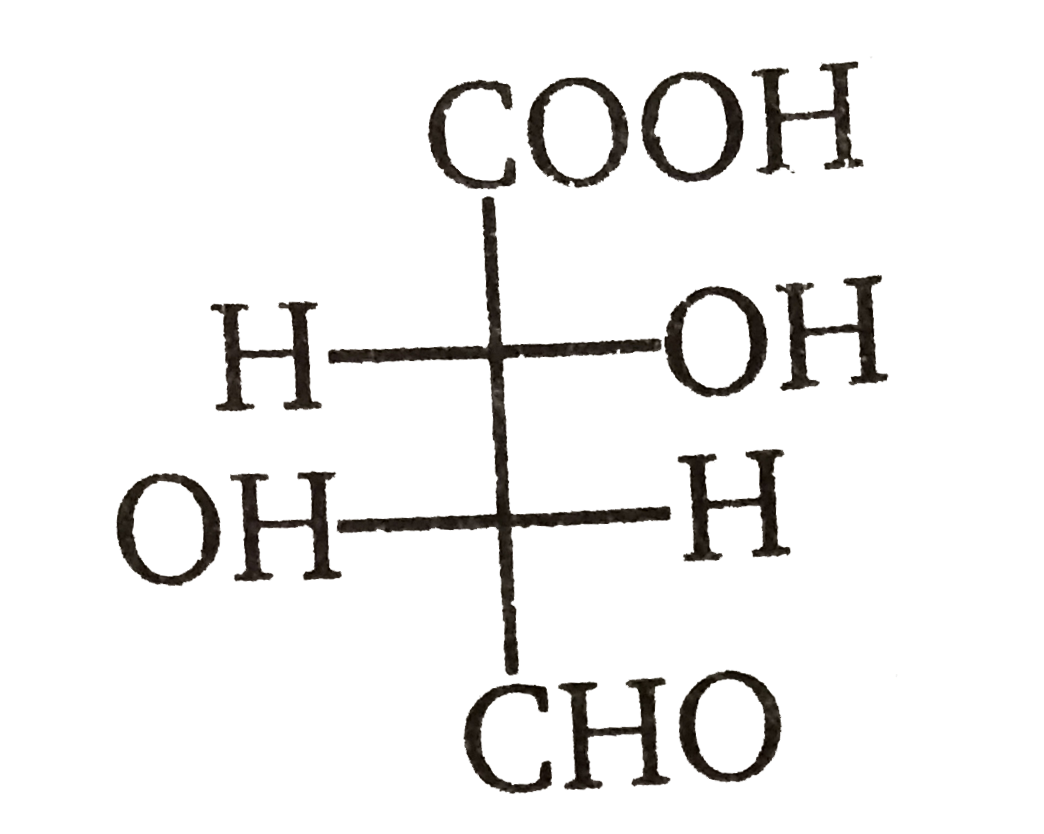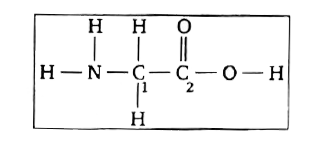Carbohydrates which differ in configuration at the glycosidic carbon (i.e. C1 in aldose and C2 in ketoses) are called
Anomers
Epimers
Diastereomers
Enantiomers
The correct Answer is:A
To solve the question regarding carbohydrates that differ in configuration at the glycosidic carbon (C1 in aldoses and C2 in ketoses), we will follow these steps:
1. Understand the Terms:
- Aldose: A type of carbohydrate (sugar) that contains an aldehyde group.
- Ketose: A type of carbohydrate that contains a ketone group.
- Glycosidic Carbon: The carbon atom involved in the formation of a glycosidic bond, which connects two monosaccharides.
2. Identify the Relevant Carbons:
- In aldoses, the glycosidic carbon is C1.
- In ketoses, the glycosidic carbon is C2.
3. Define the Types of Isomers:
- Anomers: Carbohydrates that differ in configuration at the anomeric carbon (the carbon that becomes a new chiral center during the formation of a glycosidic bond).
- Epimers: Carbohydrates that differ in configuration at any one specific asymmetric carbon atom, but not at the anomeric carbon.
- Diastereomers: Stereoisomers that are not mirror images of each other.
- Enantiomers: Stereoisomers that are mirror images of each other.
4. Analyze the Question:
- The question specifically asks about carbohydrates that differ in configuration at the glycosidic carbon (C1 for aldoses and C2 for ketoses). This aligns with the definition of anomers.
5. Conclusion:
- Therefore, carbohydrates that differ in configuration at the glycosidic carbon are called anomers.
Final Answer:
The carbohydrates which differ in configuration at the glycosidic carbon (C1 in aldoses and C2 in ketoses) are called anomers.
---
- Aldose: A type of carbohydrate (sugar) that contains an aldehyde group.
- Ketose: A type of carbohydrate that contains a ketone group.
- Glycosidic Carbon: The carbon atom involved in the formation of a glycosidic bond, which connects two monosaccharides.
- In aldoses, the glycosidic carbon is C1.
- In ketoses, the glycosidic carbon is C2.
- Anomers: Carbohydrates that differ in configuration at the anomeric carbon (the carbon that becomes a new chiral center during the formation of a glycosidic bond).
- Epimers: Carbohydrates that differ in configuration at any one specific asymmetric carbon atom, but not at the anomeric carbon.
- Diastereomers: Stereoisomers that are not mirror images of each other.
- Enantiomers: Stereoisomers that are mirror images of each other.
- The question specifically asks about carbohydrates that differ in configuration at the glycosidic carbon (C1 for aldoses and C2 for ketoses). This aligns with the definition of anomers.
- Therefore, carbohydrates that differ in configuration at the glycosidic carbon are called anomers.
The carbohydrates which differ in configuration at the glycosidic carbon (C1 in aldoses and C2 in ketoses) are called anomers.
Similar Questions
Knowledge Check
What is the oxidation number of carbon in C3O2 ( carbon suboxide ) ?
A+4/3B+10/4C+2D+2/3
Find true and False from the following statements regarding carbohydrates
S1: All monosaccharides whether aldoses or ketoses are reducing sugars
S2: Bromine water can be used to differentiate between aldoses and ketones
S3:A pair of diasteromeric aldoses which differ only in configuration at C−2are anomers.
S4: Osazone formation destroys the configuration of C−2 of an aldose, but does not affect the configuration of the rest of the molecule.
View SolutionThe configurations of the carbon atoms C2 and C3 in the following compound respectively

View SolutionThe configuration of 1 and 2 carbon atom in the following compounds is :

View SolutionOxidation number of carbon in carbon suboxide (C3O2) is :
View SolutionWhat are the hybridisation of the carbon atoms labeled C1andC2, respectively in glycine ?

View SolutionAldehydes ahd ketones are converted to acetals by treatment with an alcohol and a trace of acid catalyst. These conditions also convert aldoses and ketoses to the acetals, call glycosides. In glycosides, an aglycone is the group bonded to the anomeric carbon atom.
Example : Methanol is the aglycone in a methyl glycoside.
In sucrose, two menosaccharides unit liked by

View SolutionAldehydes and ketones are converted to acetals by treatment with an alcohol and a trace of acid catalyst. These conditions also convert aldoses and ketoses to the acetals, call glycosides. In glycosides, an aglycone is the group bonded to the anomeric carbon atom.
Example : Methanol is the aglycone in a methyl glycoside.

A is
View Solution
